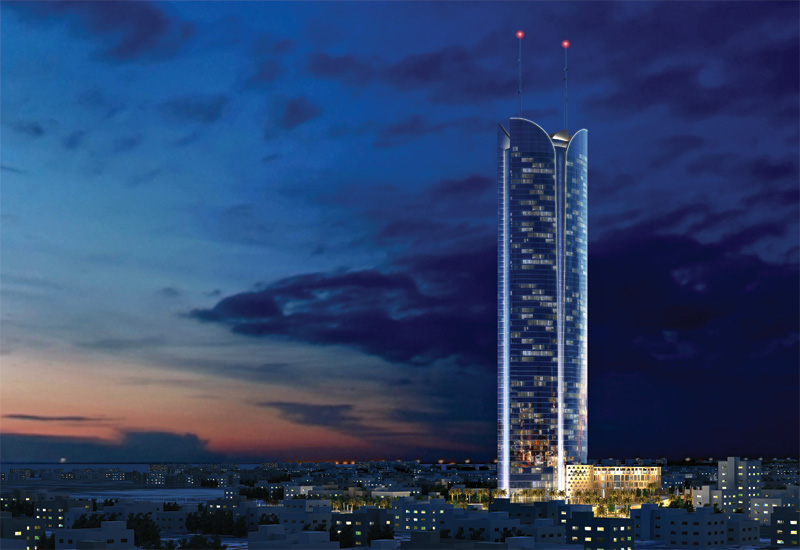Security First
Security has found itself at the top of the hotelier’s agenda in Saudi Arabia, and designers are expected to build security features into the hotel’s architecture.
“In Saudi Arabia, business visitors are more likely to stay in a hotel if it has good security,” said Aedas’ Collett, “so this area is of the highest importance for designers.”
Security considerations affect the way in which a design evolves, so many architects work with security consultants from the concept stage onwards to introduce the relevant technology, check points and accessibility restrictions.

| Advertisement |
Currently, the key threat in Saudi Arabia is car bombs. A common technique is to stop all cars from getting any closer than 20 metres of the hotel building to minimise the potential impact of an explosion.
This is an area in which P&T Group director, Stephan Frantzen is well-versed. For example, when he designed the Burj Rafal Kempinski in Riyadh, Frantzen had to factor in multiple ways to reduce the risk of an attack.
“In Saudi Arabia, extra security measures have been introduced because of the risk of car bombs, so check points have to be incorporated. In Riyadh, they check every car that is driven up to the main entrance of the hotel.
“Also, very solid, heavy barriers must be built to stop cars and trucks approaching the hotel building. Therefore, the areas around the hotel building are required to be larger than normal, creating design limitations for the architect.”
Hotel security systems and procedures can be cumbersome if not implemented effectively. It is therefore essential that these measures are built into the designs at an early stage, as Gavin warns: “Physical screening and searching options in the hotel arrival areas will compromise the guest experience if added after the design process.
This is common in many security conscious countries like Saudi Arabia, where older hotels were designed during a period of low security risk.
“These buildings have to be adapted to meet modern threats, sometimes resulting in unsightly scanners, porte-cocheres and blanked out windows.”
A Design for Life
Good hotel architecture facilitates the day-to-day needs of hotel guests, and in Saudi Arabia, architects need to be mindful of the country’s conservative culture.
The Kingdom’s hospitality scene is very different to that found in the GCC’s more liberal centres. Certainly, architects will be facilitating the tourist experience as it evolves, but it is likely that this will be dominated by domestic and religious tourism with very specific needs.
And then there’s the role of the hotel to consider. With the absence of bars and clubs, hotels are an important social hub for nationals and business travellers alike, and architecture needs to facilitate this.
“Architects and operators can’t come to Saudi Arabia with a one-size-fits-all philosophy” reminds Tabet, “rather, they need to tailor their hotels to suit the market.”
The most challenging cultural factor to incorporate into Saudi hotel architecture is segregation. Logistically, this can be space consuming and often requires public amenities like gym equipment, spas and pools to be doubled up — all factors that impact heavily on the bottom line.
“The architectural planning of a hotel in Saudi Arabia must address segregation for public areas such as restaurants and health facilities,” said Frantzen.
“Restaurants are split into two zones; one for men and another for women and families. Other facilities are typically separated into three zones. For example, an outdoor pool area might be split into a women-only pool, a men-only pool and a common family area with a playground.
“We also employ swing rooms to overcome the segregation issue in certain parts of a hotel. A good example of a swing room in action is a massage treatment room which can be managed by opening and closing the zone to different sexes at set times.”









 Search our database of more than 2,700 industry companies
Search our database of more than 2,700 industry companies









